Jeanne Marie Leprince de Beaumont was a French writer who gained popularity for her 1756 version of Beauty and the Beast, a popular tale that, after its publication, was classified as children's literature. This is not the only story of Beauty and the Beast that is known since in 1740 Gabrielle-Suzanne Barbot de Villeneuve wrote her proposal. In my childhood, I remember my mom dramatizing this story before falling asleep, from there my love and interest for fairy tales and literature was awakened. This first approach was crucial to mark the way of studying and approaching artistic books, looking for those teachings that are beyond glancing at the words.
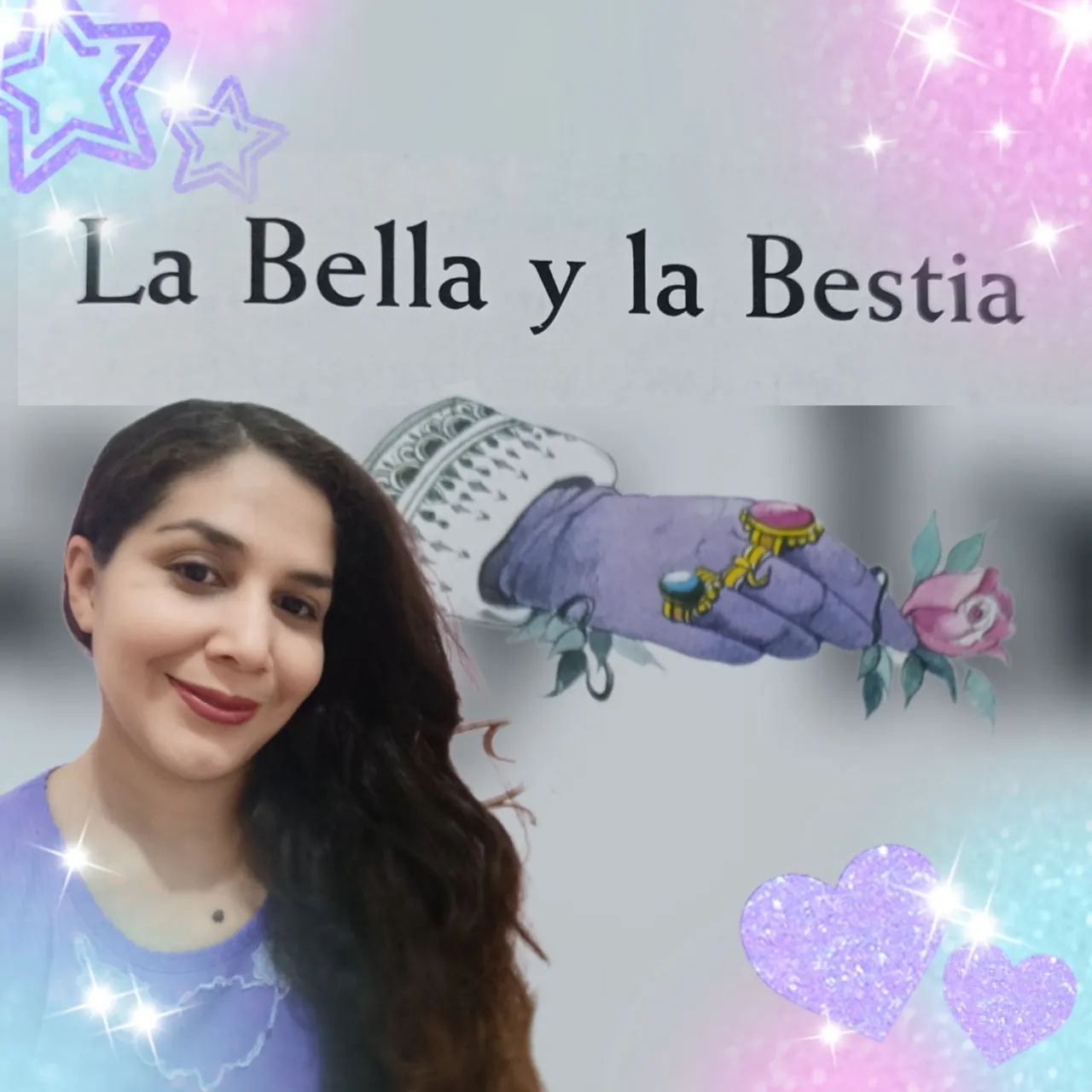
In Beauty and the Beast written by Leprince de Beaumont we find a merchant who went bankrupt, he had six children, so they became farmers in order to survive. This heavy burden rested on his three sons, a stigma typical of this era, where men are the ones who must devote themselves to the fields or to any demanding physical activity. On the other hand, the three females were dedicated to other trades. Bella, the youngest sister, was so beautiful and intelligent that she caused envy among her relatives. The contrast of the protagonist with her sisters was evident because she had simple and fine tastes, contrary to the superficial and banal that prevailed around her.
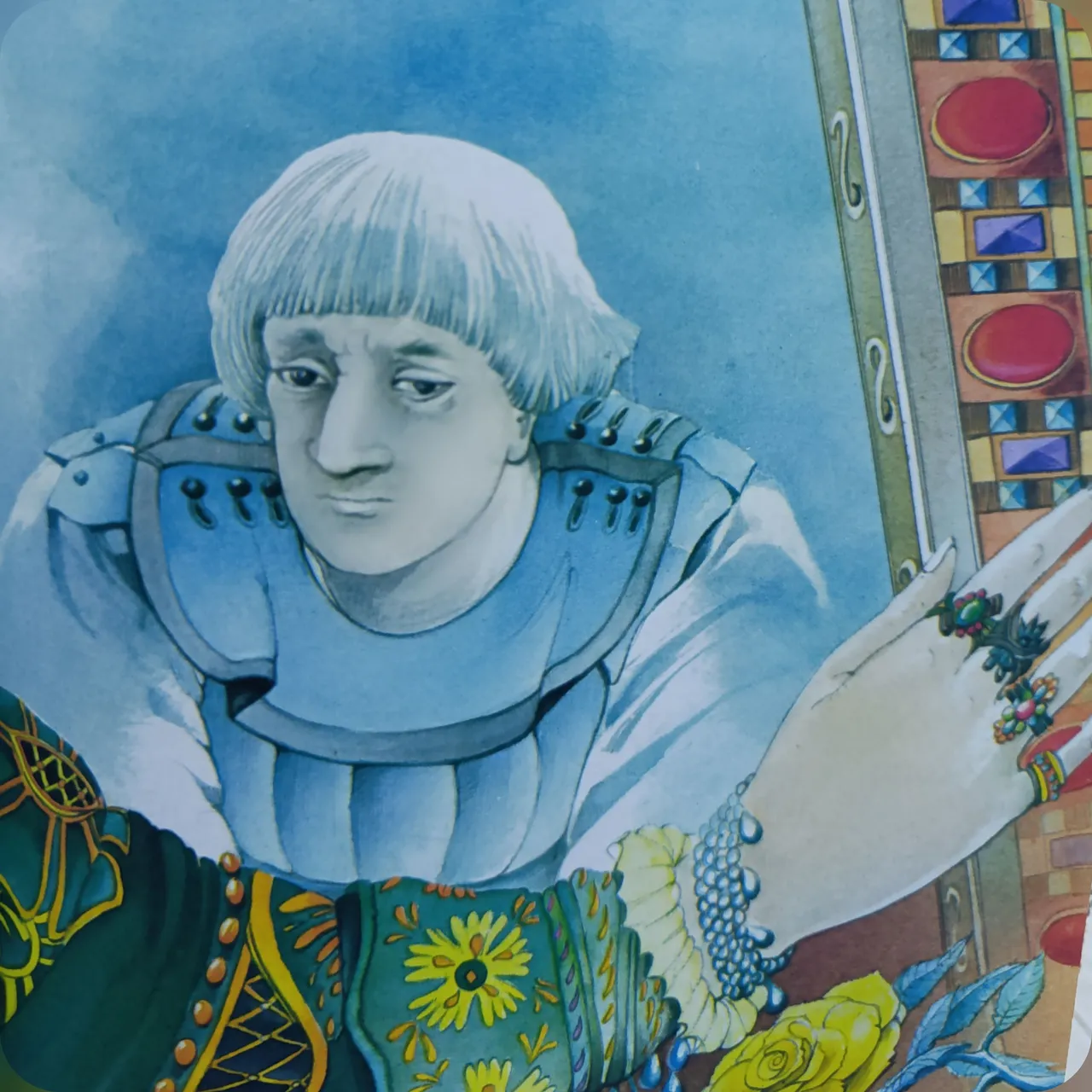
Some time later, the father receives news about a ship that could be his fortune, he made a trip to the port, but when he arrived at his destination he noticed that the merchandise was worthless. Attempting to return home, he gets lost in the forest and arrives at the palace of the Beast, who takes good care of him, but is offended after observing his guest cutting flowers from his garden to take to his youngest daughter. The Beast warns him that the action constitutes an affront and he must settle it with his life or that of one of his daughters. Here we see the sacrifice and love of Belle, who, upon learning of this, offers to take her father's place in the Beast's palace.

The awkward coexistence leads to romance and in turn to a satisfying ending. A phrase that appears in the story and caught my attention is: "You are a beast if you think you are" because as human beings we have an irrational side that we prefer to keep hidden. Placing virtue over beauty is the deepest message of this story and also a great teaching for children. Little ones imitate their parents' behavior, so prejudices must be suppressed for them to grow up healthy from an emotional perspective.
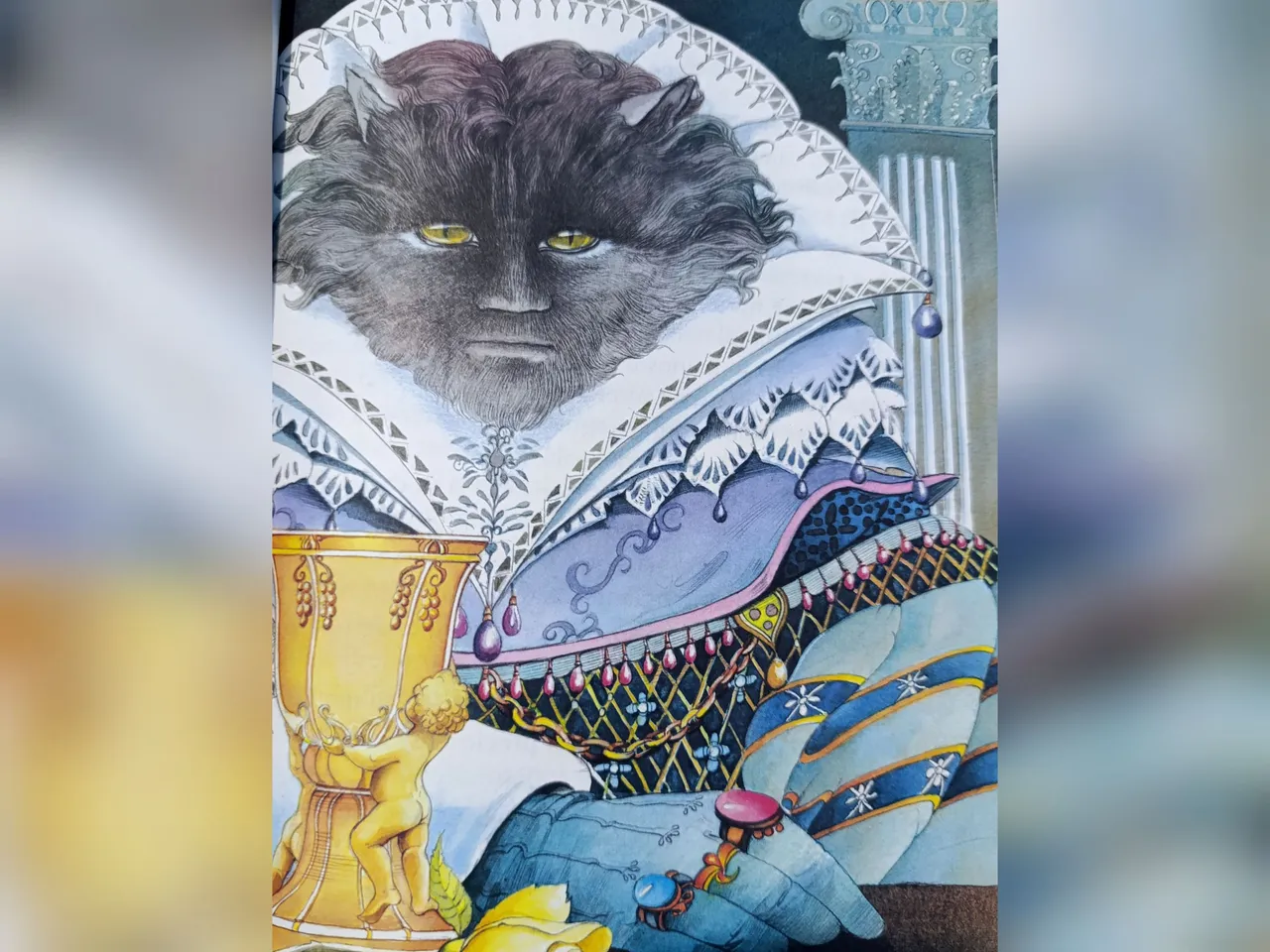
The narrative also highlights the vileness of Bella's two sisters, who in the end are turned into statues as punishment, placed on either side of the palace door so that they can see the happiness of their younger sister. Although both have the option to come to their senses and recognize their mistakes in order to return to normality, pride prevents them from doing so, preferring punishment to asking for forgiveness for the wrongs they have done. This would be another lesson to reflect on, especially when instilling values in children.
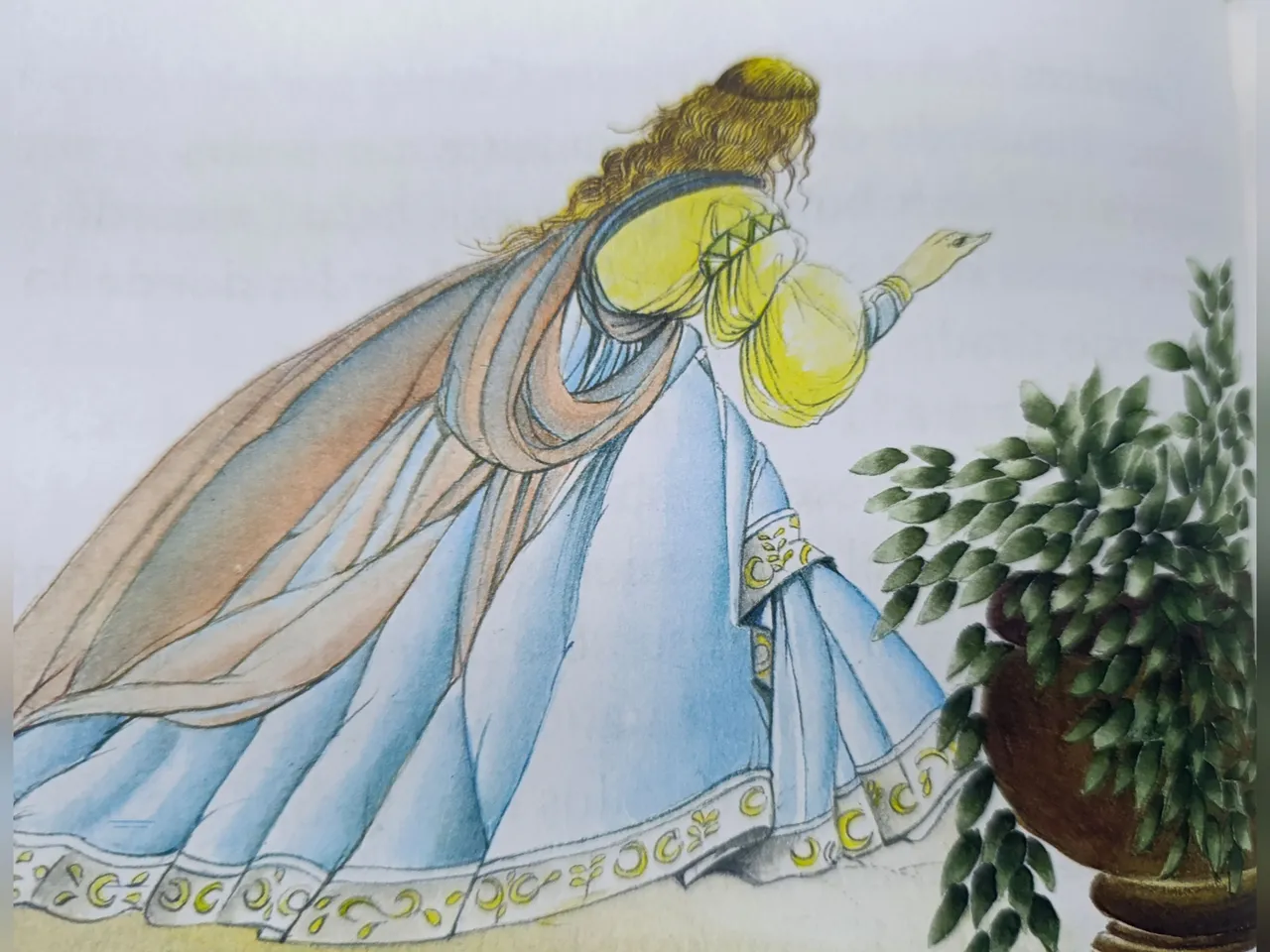
Although Beauty and the Beast has been a story that has reached books, movies, television and the current media, the children's versions are usually the most remembered for their simple language and of course the images that facilitate the understanding of the story. Also the main plot has transcended for centuries because it is the cornerstone of romantic narratives, a couple with very little in common manages to overcome all adversities to prove that love is a feeling capable of transforming lives.
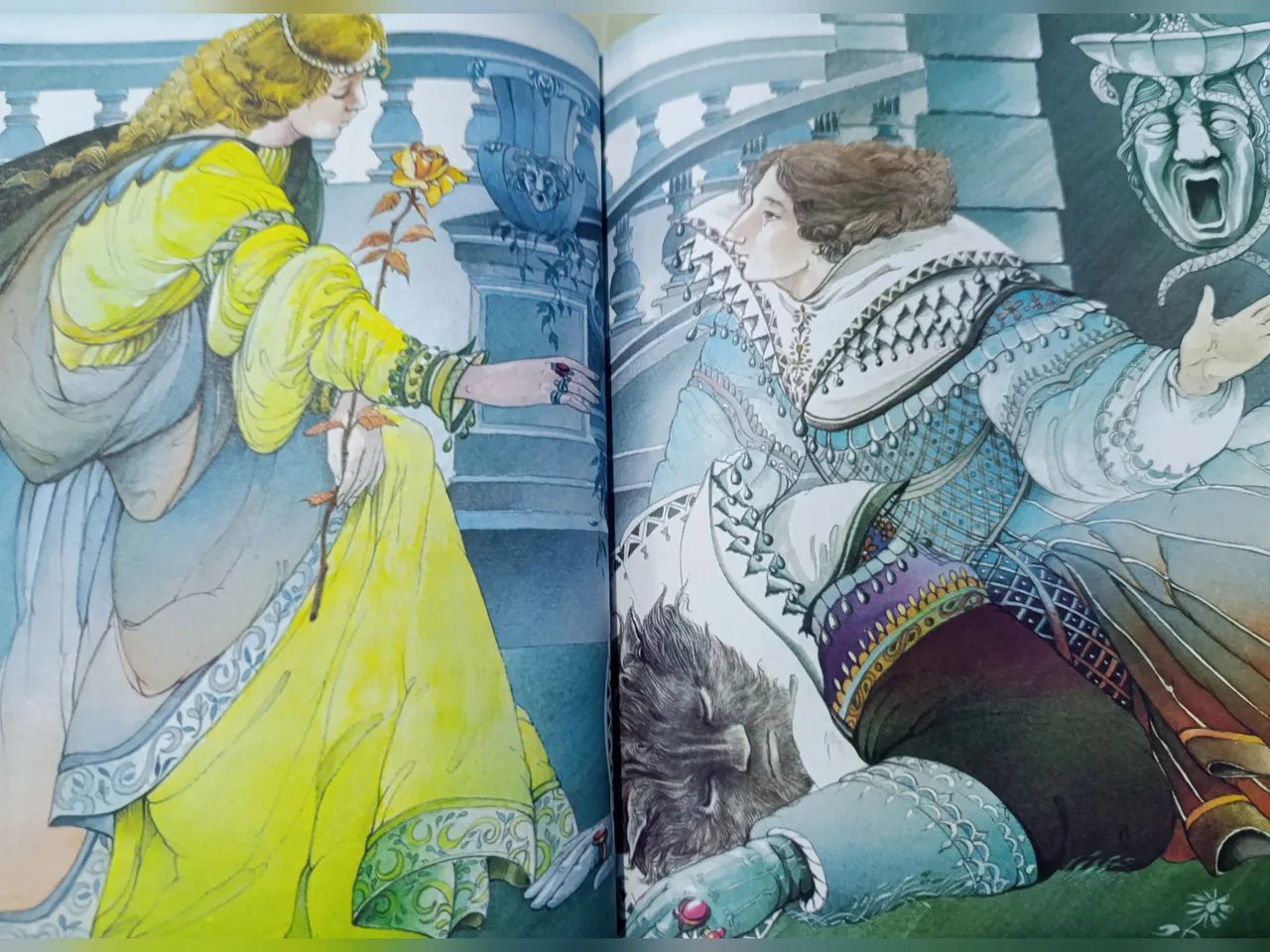
Versión en Español
Jeanne Marie Leprince de Beaumont fue una escritora francesa que ganó popularidad por su versión de La Bella y la bestia de 1756, un cuento popular que, tras su publicación, quedó catalogado dentro del género literatura infantil. Esta no es la única historia de La Bella y la bestia que se conoce ya que en 1740 Gabrielle-Suzanne Barbot de Villeneuve escribió su propuesta. En mi infancia, recuerdo a mi mamá dramatizando este cuento antes de dormirme, desde allí se despertó mi amor e interés por los cuentos de hadas y la literatura. Este primer acercamiento fue crucial para marcar la forma de estudiar y de abordar los libros artísticos, buscando así esas enseñanzas que están más allá de ojear las palabras.

En La Bella y la bestia escrita por Leprince de Beaumont encontramos a un comerciante que quedó en bancarrota, él tenía seis hijos, así que pasaron a ser agricultores para poder subsistir. Esa pesada carga reposaba en sus tres hijos varones, estigma propio de esta época, donde los hombres son los que deben dedicarse al campo o a cualquier actividad física exigente. En cambio, las tres hembras se dedicaban a otros oficios. Bella, la hermana menor, era tan hermosa e inteligente que causaba envidia entre sus parientes. El contraste de la protagonista con sus hermanas era evidente porque ella era de gustos simples y finos, al contrario de lo superficial y banal que imperaba a su alrededor.

Tiempo después, el padre recibe una noticia sobre un barco que podría ser su fortuna, realizó un viaje al puerto, pero al llegar a su destino notó que la mercancía carecía de valor. Al intentar regresar a casa se pierde en el bosque y llega al palacio de la Bestia, quien lo atiende muy bien, pero se ofende tras observar a su invitado cortar flores de su jardín para llevarle a su hija menor. La Bestia le advierte que la acción constituye una afrenta y debe saldarla con su vida o con la de alguna de sus hijas. Acá se muestra el sacrificio y el amor de Bella, quien, al enterarse, se ofrece a ocupar el lugar de su padre en el palacio de la Bestia.

La incómoda convivencia deriva en romance y a su vez en un final satisfactorio. Una frase que aparece en el cuento y llamó mi atención es: "Uno es una bestia si uno piensa que lo es" porque como seres humanos tenemos un lado irracional que preferimos mantener oculto. Colocar la virtud sobre la belleza es el mensaje más profundo de este cuento y además una gran enseñanza para los niños. Los pequeños imitan la conducta de los padres, así que se deben suprimir los prejuicios para que crezcan sanos desde una perspectiva emocional.

Igualmente destaca en la narración la vileza de las dos hermanas de Bella, quienes al final quedan convertirlas en estatuas como castigo, ubicadas a cada lado de la puerta del palacio para que vean la felicidad de su hermana menor. Si bien, ambas tienen la opción de recapacitar y reconocer sus errores para volver a la normalidad, el orgullo se los impide, prefiriendo el castigo a pedir perdón por los males causados. Esta sería otra lección para reflexionar, sobre todo cuando se está inculcando valores a los niños.

Aunque La Bella y la bestia ha sido una historia que ha llegado a los libros, el cine, la televisión y los actuales medios de comunicación, las versiones infantiles suelen ser las más recordadas por su lenguaje sencillo y por supuesto las imágenes que facilitan la comprensión del cuento. También el argumento principal ha trascendido durante siglos porque constituye la piedra angular de narrativas románticas, una pareja con muy poco en común logra superar todas las adversidades hasta demostrar que el amor es un sentimiento capaz de transformar vidas.

✓Photos from my personal gallery, edited with Fotocollage.
✓Text translated with DeepL.
📚💕📚💕📚💕📚
✓Fotos de mi galería personal, editadas con Fotocollage.
✓Texto traducido con DeepL.